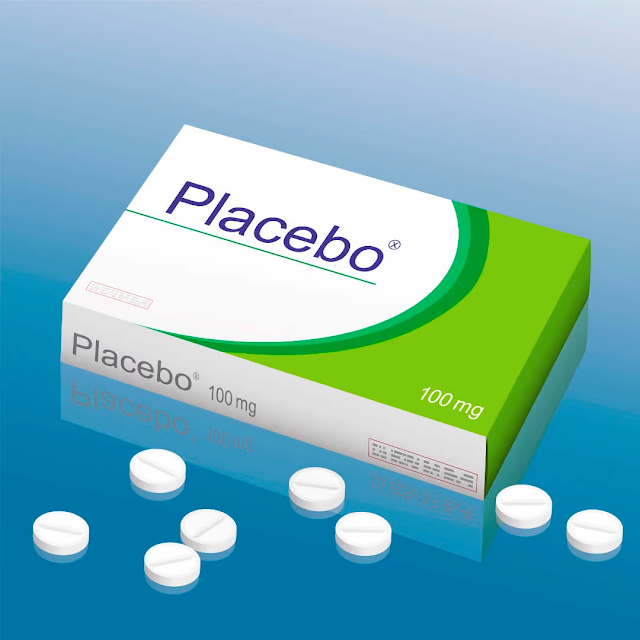The Role of Medication-Assisted Treatment for Opioid Use Disorder
 |
| https://soapmat.com/ |
Opioid Use Disorder (OUD) may present many overwhelming life
challenges for individuals as it may be chronic with recurrent relapses
ultimately affecting multiple facets of a person’s life. Symptoms may include taking
opioids in large amounts or over a longer period than intended, unsuccessful efforts
control opioid use, strong desire to use, and difficulty completing daily
responsibilities (such as work or school) due to opioid use. Examples of
opioids include drugs such as: morphine, heroin, codeine, oxycodone,
hydrocodone and fentanyl.
The most current and researched treatment for OUD is Medication-Assisted
Treatment (MAT). MAT is a comprehensive approach that combines both medications
with counseling/therapy to address substance use disorders.
What is Medication-Assisted Treatment (MAT)?
Medication-Assisted Treatment involves the use of FDA approved medications in
combination with counseling/therapeutic interventions. MAT has been found to be
particularly effective in addressing both opioid and alcohol use disorders. The
medications used, such as methadone, buprenorphine, and naltrexone, work to
normalize brain chemistry, alleviate cravings, and block the euphoric effects
of substances.
What does it look like? MAT begins with a thorough
assessment, considering the individual's unique history, health, and substance
use patterns. Clinicians work collaboratively with clients to create
personalized treatment plans that integrate medications as part of a holistic approach
to recovery.
Integration with Counseling and Therapeutic Modalities:
MAT is most effective when integrated with counseling and behavioral therapies
which complement the medication component by addressing underlying issues,
building coping skills, and fostering a mindset conducive to long-term
recovery. Therapy is meant to be an essential component that works hand-in-hand
with medication management.
Reducing Cravings and Preventing Relapse: One of the
key benefits of MAT is its ability to reduce cravings and withdrawal symptoms,
which are often significant barriers to sustained recovery. The medication may
help stabilize brain chemistry and support individuals in focusing on their
treatment and lowering their risk of relapse.
Promoting Long-Term Recovery and Reintegration: MAT is
oftentimes used as a longer-term treatment method. As individuals progress in
their treatment, the dosage and intensity of medications may be adjusted
accordingly. The goal is to support clients in achieving sustained recovery and
improving their quality of life.
Stigmatization of MAT: One of the challenges faced by
MAT is the stigma surrounding the use of medications in recovery. Although
stigmatized, it is important to acknowledge that MAT is an evidence-based
approach which has and continues to be researched. Medications used in MAT are
prescribed and monitored by healthcare professionals, contributing to the
overall well-being of individuals seeking recovery.
Potential Risks and Considerations: While MAT has the
potential to be effective, there are also inherent risks associated with this
form of treatment. Key considerations include:
- Dependency
Concerns: Some medications used in MAT, such as methadone, may carry a
risk of physical dependency. Medications are monitored by health
professionals to mitigate this risk which may include gradual tapering
strategies.
- Side
Effects: Like most medication, those used in MAT may have side
effects. Clinicians work closely with individuals to manage side effects
and adjust medications as needed.
- Stigma
and Misconceptions: MAT may be stigmatized, and individuals may face
societal biases or internalized stigma. Addressing misconceptions about
the use of medications in recovery is crucial to creating a supportive
environment for those seeking MAT.
- Risk
of Misuse: Medications used in MAT may have the potential for misuse. In
order to mitigate this risk, monitoring and adherence to prescribed
protocols may be needed.
- Individual
Variability in Treatment Response: Not everyone responds positively to
medication and there remains space for alternative approaches for certain
individuals.
Conclusively, Medication-Assisted Treatment is the leading
treatment for Opioid Use Disorder and stands as a scientifically backed
approach that addresses both the physical and psychological aspects of
addiction.
For more information, questions, and support, please call us
at Health Services at 760-795-6675, email us at mccshs@miracosta.edu, or stop by room
3326 in Oceanside or 917 at San Elijo. We offer 6 free sessions and drop-in
appointments during the semester and breaks for enrolled students.
If you or someone you know is seeking substance use
treatment or further information, please call the confidential SAMHSA National
Helpline at 1-800-662-4357.
Resources in North County San Diego:
- SOAP MAT, LLC – Oceanside, CA
- Comprehensive Treatment Center – Oceanside, CA
- ARISE Treatment Center – Vista, CA
More information:
- https://www.fda.gov/drugs/information-drug-class/information-about-medication-assisted-treatment-mat
- https://www.cdc.gov/opioids/healthcare-professionals/prescribing/opioid-use-disorder.html
- https://www.samhsa.gov/medications-substance-use-disorders
Related Articles:
- https://www.nature.com/articles/s41380-018-0094-5
- https://www.sciencedirect.com/science/article/pii/S0006322319314854



Comments
Post a Comment